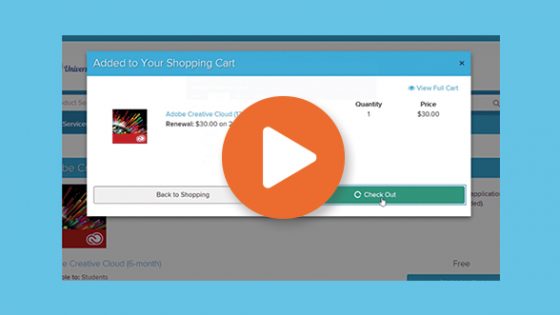Higher education’s response to COVID-19 has been nothing short of phenomenal. Academic institutions were able to mobilize remote learning on a massive scale in a remarkably short time. This feat saved the semester for many students by allowing them to continue their studies from home.
But now that the immediate challenges of moving education off campus have been addressed, schools must prepare to face the pandemic’s more long-term repercussions. Most significantly, they’ll have to deal with the immense financial costs of the COVID-19 disruption.
With the entire global economy in turmoil, budget concerns may seem like par for the course across all industries right now. However, higher-ed institutions have taken the financial hit particularly hard and on multiple fronts. Here are the key ways in which COVID-19 is costing schools money.
New Expenses
The most obvious direct cost to schools related to COVID-19 comes from the need to adopt, roll out, and support new technologies.
Continuing education in the face of campus closures has made schools more reliant on tech than ever. Communication tools are necessary to keep students and educators connected. Virtualization software or a means of digitally distributing licenses is required to make campus software accessible from students’ personal devices. Schools have had to make these resources available across all departments – and licensing tools on such a scale can be very expensive.
Fortunately, many tech companies have stepped up to help make these measures affordable for academic institutions. Microsoft and Google are offering schools free use of their respective video-conferencing tools. Adobe, VMware, and IBM are just a few of the major names who are allowing schools to provide at-home access to their products at no additional cost, and we at Kivuto are allowing free use of our platform to distribute these products.
However, these offers are all aimed at providing short-term relief to the education industry. They won’t remain free forever, but the demand for online education is unlikely to go away even after the pandemic passes. So as schools move past their initial responses to COVID-19, they will have to find room in their budgets to continue supporting many of these tools.
Lower Revenue
To make matters more challenging, schools will have to shoulder the new costs described above while dealing with significantly reduced revenues as a result of the pandemic.
The worst losses are expected to result from low enrollment, particularly among international students. According to the PIE News, 88% of US colleges and universities anticipate a drop in international-student enrollment in the 2020/21 academic year due to COVID-related travel restrictions. This is concerning, as the higher tuition fees paid by these students account for a huge percentage of these institutions’ annual revenue.
At the same time, with the world economy reeling, many academic institutions are seeing their endowments diminish in value. These endowments – which PBS estimates contributed about $23 billion dollars to college and university budgets in the US last year – are largely invested in equities and stocks, which have been hit hard by the market uncertainty created by COVID-19.
Schools stand to lose revenue from a number of smaller sources as well. With campuses closed and social distancing rules in force, income from sources like sporting events and conferences have also been compromised. The absence of such services could also affect private donations, creating a ripple effect that reduces revenues even further. And such donations may dip anyway as individuals face their own financial struggles stemming from the pandemic.
Doing More with Less
Hopefully, many of these issues will resolve themselves as things smooth over in the pandemic’s wake. As campuses reopen, many lost sources of revenue will be restored. As travel restrictions are lifted, international students will start to return. As the stock market recovers, endowments are likely to regain at least some of their lost value.
However, at this point, there’s no way to be certain when any of these things will happen – and none of them will happen overnight. It will take time for endowment values and enrollment rates to return to what they were. And the demand for online education seems to be here to stay. This means that many schools will have to continue supporting the tools that off-campus education requires even after everything else returns to normal (and those tools cease to be free).
In short, schools are going to have to find ways to accomplish more with less money. Fortunately, this is a challenge the education industry is all too familiar with.
The New Normal
Find out how academic IT teams are navigating the challenges of the post-COVID era. Check out our webinar “The New Normal: Academic IT After COVID-19 Emergency Response.”














No Comments